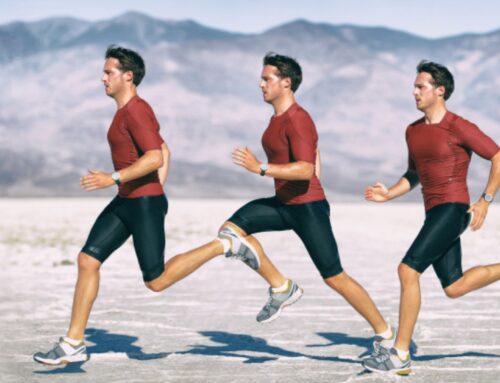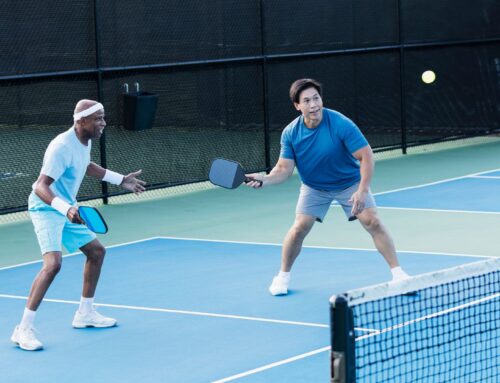Summer is cycling season in Canada. You may have noticed an increased number of cyclists on the road or shared paths over the last few weeks and now with school out, the kids will join the enthusiasts and commuters. So we thought it was a good time to review cycling equipment for injury prevention so you can have as safe a ride as possible this summer.
Cycling for leisure or transport is a great form of exercise. The benefits can include:
- increased cardiovascular fitness
- increased muscle strength and flexibility
- improved joint mobility
- decreased stress levels
- improved coordination
- strengthened bones
- decreased body fat levels
- improved body composition
- and prevention or management of disease.
As with most physical activities, there are some common injuries that affect cyclists as well as acknowledged dangers associated with riding on specific terrain or in areas where collisions are possible. While city laws, road ways and even driver awareness is beginning to change in favour of cyclist safety, there are lots of things we can do to decrease our risk of injury and feel more confident in the saddle.
Here are 5 of the most important cycling equipment for safety:
1. Cycling Helmet
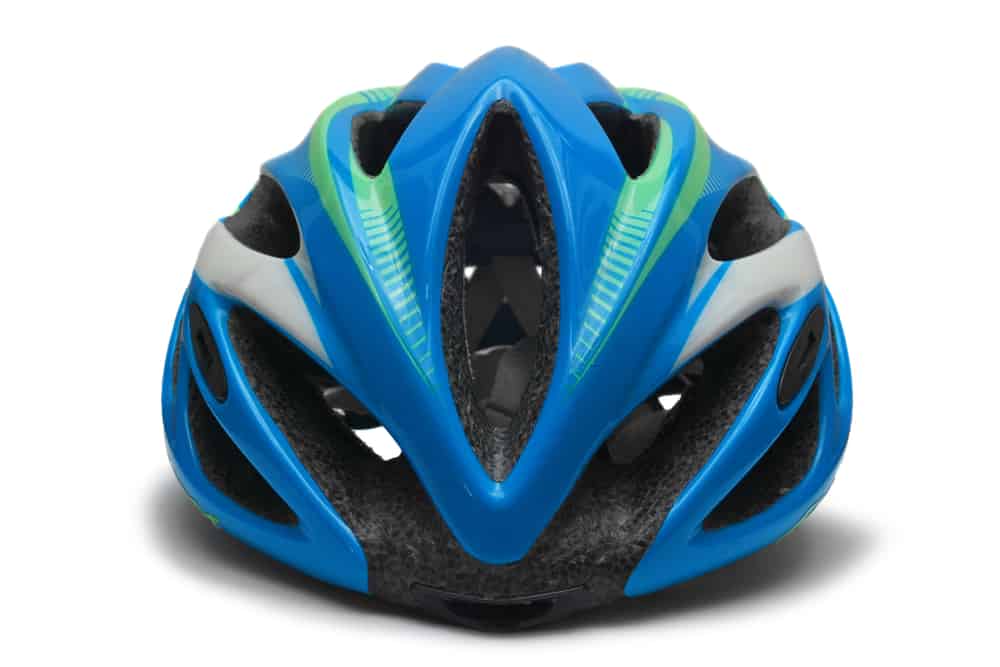 One of the most integral pieces of safety equipment for cycling is your helmet. Your cycling helmet must fit you properly. It should feel snug, and, it must not have been bumped or in a previous accident. For example, if you have been in a collision with your helmet; fallen to the ground or had an abrasive stop with contact, while wearing your helmet; you do need to replace your helmet.
One of the most integral pieces of safety equipment for cycling is your helmet. Your cycling helmet must fit you properly. It should feel snug, and, it must not have been bumped or in a previous accident. For example, if you have been in a collision with your helmet; fallen to the ground or had an abrasive stop with contact, while wearing your helmet; you do need to replace your helmet.
We know that wearing a helmet while cycling that is properly sized and fitted can help to prevent mild to traumatic brain injuries.
Check out this article on how to choose helmets to determine whether your helmet fits you properly before you head out for your next bike ride.
2. Cycling Seat
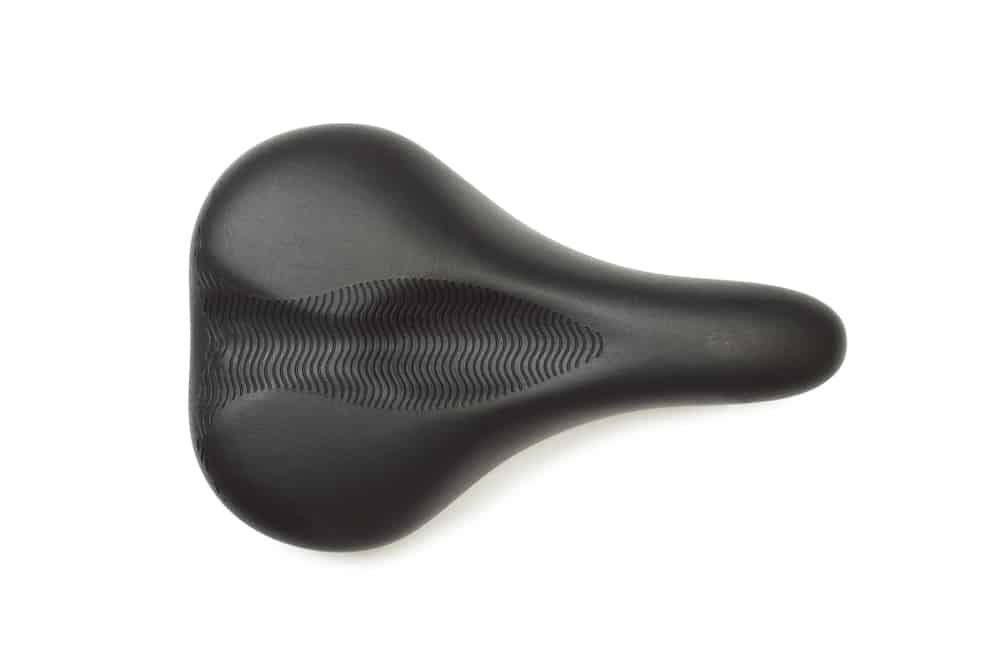 A common concern we hear from our clients who are cyclists is saddle soreness. This is a common issue for cyclists. From a physiotherapy standpoint, there are a couple of stretches and mobilizations for that area that you can do. But it speaks more to the equipment that you use mainly because it is a pressure issue. The concern lies in the fact that there are a lot of sensitive nerve endings in that area. When you have prolonged pressure, agitation or friction in those areas, it can cause a lot of discomfort or pain.
A common concern we hear from our clients who are cyclists is saddle soreness. This is a common issue for cyclists. From a physiotherapy standpoint, there are a couple of stretches and mobilizations for that area that you can do. But it speaks more to the equipment that you use mainly because it is a pressure issue. The concern lies in the fact that there are a lot of sensitive nerve endings in that area. When you have prolonged pressure, agitation or friction in those areas, it can cause a lot of discomfort or pain.
One of the biggest things we try to impress upon our clients is taking a look at some of the equipment they are using and making sure their saddle or seat is appropriate for them. There is no magic bullet or perfect fix to this. Saddles are very user dependent and since every body is shaped differently, the best way to do this is a little bit of trial and error.
That said, here are a couple of things to look out for when choosing a saddle or seat or trying to determine if your current seat is a good fit for you:
- Width of the seat – your sitz bones should be equally distributed on the rear part of the seat or saddle. Just remember that hip width does vary from male to female with males having narrower hips and females a little bit wider.
- Curvature of the saddle – when you look at it, it should only be very slightly domed. It shouldn’t have a really big convex portion because that will put a lot of pressure on the area between your sitz bones and from your pubic bone to where you sitz bones are; so essentially the seat will just ride up in all that cushy area between your legs and cause irritation.
- Cushioning or Padding – one of the common mistakes that new riders make is wanting a cushy seat. Unfortunately, too much cushioning can actually cause increased friction and irritation. Unfortunately, it does not distribute your sitz bones equally and that can cause increased pressure in that area in between the sitz bones to your pubic bone
- Angle of the seat – make sure the dip of the seat is installed correctly. If your seat is angled a couple degrees upwards or downwards, you are redistributing where the pressure is on the saddle. A seat angled upwards will create additional pressure in the fleshy areas. A seat angle downwards and the rider will slide forward, which will also cause friction.
- Seat height – check whether your seat is the proper distance away from your pedals. Too low and that can cause saddle irritation as well as knee pain and injury. Check out this article on how to set your saddle height from Cycling Weekly magazine.
If you are a beginner rider, be mindful of how long you are on your seat. Getting up off the saddle is okay. I know it can mess up your stroke or technique but if it means alleviating pain then it is okay to get up for 15 to 20 pedal strokes and then get back into it.
If you do experience some numbness or tingling running down your inner thigh or your leg, it is probably a sign that you’ve probably done a little too much sitting in that position or you are not conditioned to do that much cycling yet. If you are coming after a long winter break or you haven’t been on in a while, breaking up your bike ride appropriately so that you don’t experience this numbness and tingling would be really good for your body.
3. Bike Bell
Another piece of equipment that is super important for cycling safety is a bell. According to the Ontario Highway Traffic Act, every bicycle should be equipped with an alarm bell, gong or horn, which must be kept in good working order and sounded whenever it is reasonably necessary to notify pedestrians or others of its approach. Especially, when cycling in busy intersections or shared paths, ringing your bell is key in preventing collisions and injuries.
So, make sure you have a bell on your bike. You can go to your local bike shop and ask about bells that will fit your bike and your needs as a cyclist. It is also important to make sure that your bell is easily accessed on your bike. I have asked some of cyclists who have come into our clinic with their bike to demonstrate how they would ring the bell while cycling. And guess what, they can’t ring it as fast as they might need to in the event of a potential collision.
Not only do you need a bell on your bike to comply with provincial law; you need to make sure you can use it effectively when needed most.
4. Cycling Gloves
With cycling, a lot of the attention gets focused on our lower body, our legs, hips, calves and feet. One of the really important pieces of cycling equipment that we need to address is actually don’t always think about is what we put on our hands.
Cycling gloves come in many different materials, textures, sizes, and grips. I believe that with appropriate glove wear, we can distribute and decrease the amount of vibration that goes through the wrists. Because you are stuck in that one position for a prolonged period, it increases your risk of developing problems like overuse syndrome in the wrist, irritating some of the nerves, or the blood flow to those areas of the body.
Typically, we hear cyclists complain about increased tingling or decreased blood flow to the wrists after cycling for an extended period of time. To avoid this, make sure you are wearing appropriate glove wear if you are putting in the miles on your bike this summer.
5. Cycling Attire
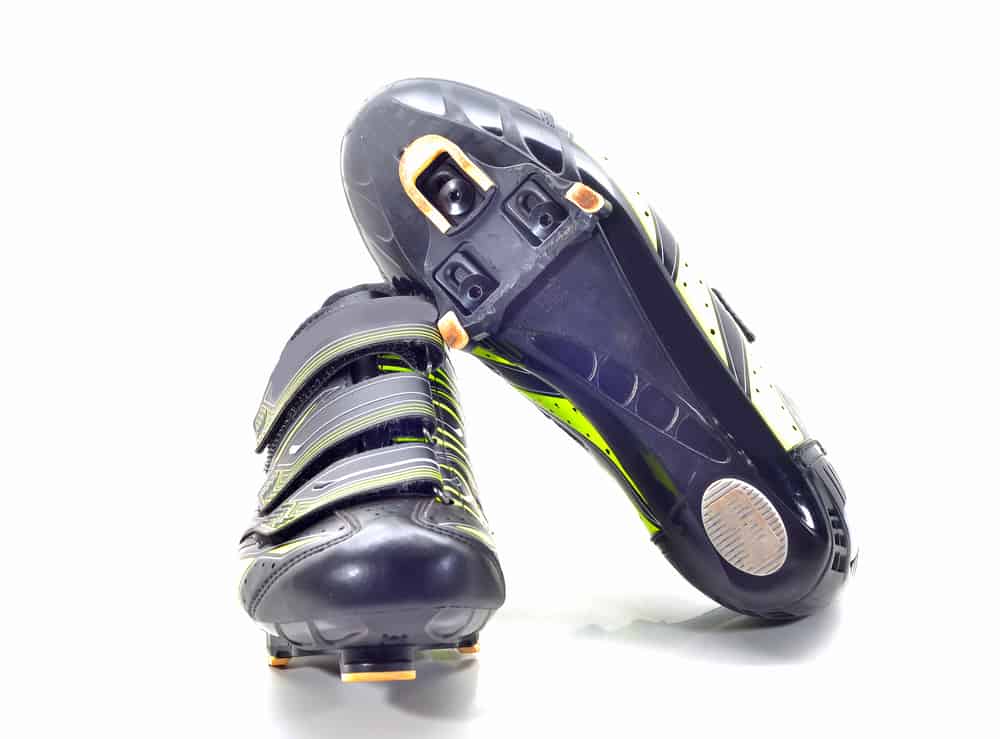 If you are like me, you enjoy dressing up for the physical activity you are going to participate in. If you are going for a run, you wear your running gear. If you are going to the gym, you wear your gym gear. If you are going for a ride, you wear your cycling gear.
If you are like me, you enjoy dressing up for the physical activity you are going to participate in. If you are going for a run, you wear your running gear. If you are going to the gym, you wear your gym gear. If you are going for a ride, you wear your cycling gear.
Dressing up in the gear is about more than looking the part. It means making sure it fits your properly and makes your effort more efficient, improves your movement, wicks away your sweat and helps prevent injuries.
In terms of cycling, proper shorts, have extra padding in the saddle region that can get irritated if you are a beginner or just casually riding once in a while. Cycling shoes (clip ins) can help you pedal more efficiently and with less stress on the quadriceps than with running shoes.
There are a lot of cycle shops around the GTA where you can get fitted. Just be sure to share your goals in terms of cycling with the sales person so that they can help you find the best attire for your needs.
Talk to Your Physiotherapist About Cycling
Feel free to bring in your bike and cycling equipment to your physiotherapist for help in assessing whether your equipment is appropriate for you and will help you meet your goals.
At Propel Physiotherapy, we encourage participation in sports that are appropriate for the client’s condition and goals. We also provide education and programming around safety, equipment, technique and injury prevention. In our next cycling safety article, we take a look at exercises to prevent the most common cycling injuries.
Written by















